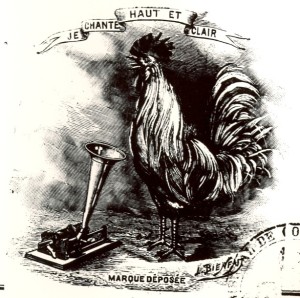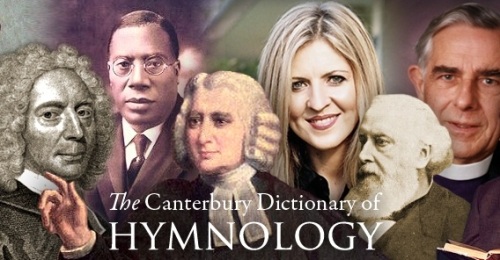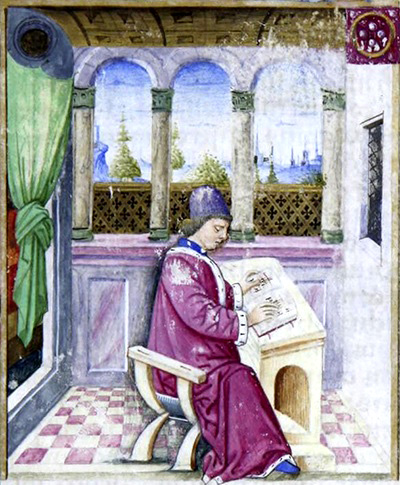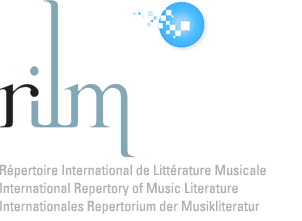The Archives de Paris holds 1200 registrations, mainly by instrument builders working in the former département of the Seine. The same company could have several different trademarks or hallmarks, either to differentiate among products or their quality, or due to various acquisitions or inheritances. In the 1890s trademarks for phonographic machines using cylinders or records, as well as for player pianos, were also registered.
These trademarks are rendered by labels, stamped imprints, dry point, and other means. They include various combinable elements: initials, patronyms, handwritten signatures, instrument names, common names or qualifying adjectives, names of cities, proverbs, or maxims. There are also figurative elements: notes, emblems, coats-of-arms, instruments, stars, animals, photographs, exhibition medals, certificates, and so on.
Les marques de fabrique des facteurs d’instruments de musique déposées au greffe du Tribunal de Commerce de Paris de 1860 à 1914 is an open-access online resource that includes a detailed chronological inventory of 1200 trademarks with illustrations and three indices: of names, of cities, and of figurative elements. The site is published by the Institut de Recherche en Musicologie (IREMUS).
Above, a trademark registered by La Compagnie Générale de Cinématographes, Phonographes et Pellicules in 1898 (click to enlarge).













